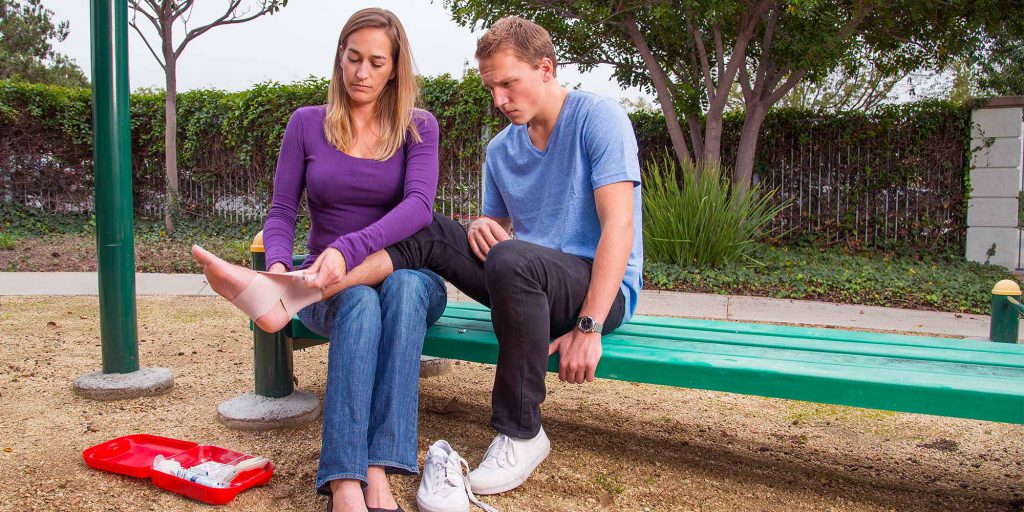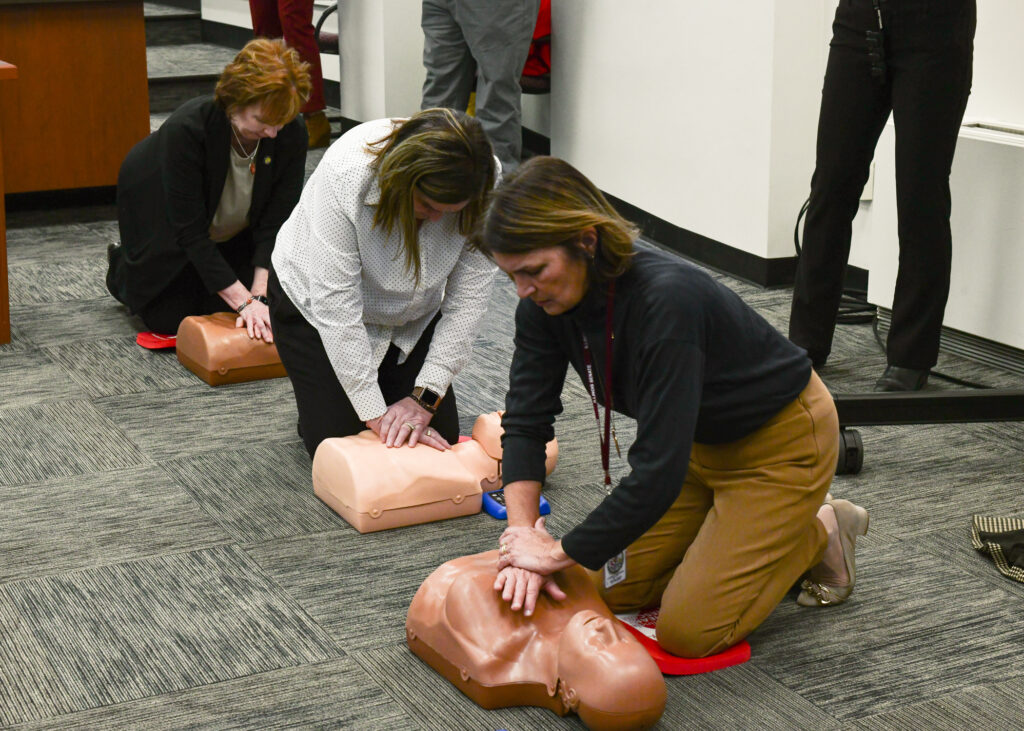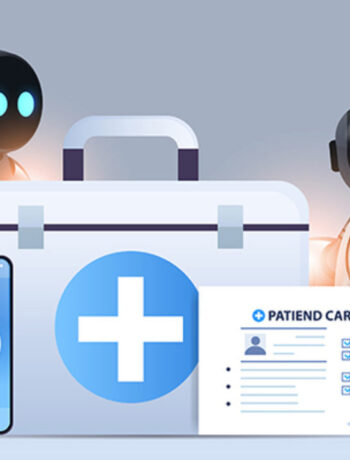Every day, we are faced with unexpected situations that require quick thinking and fast action. From medical emergencies to natural disasters, being prepared for any situation can make a critical difference in the outcome.
Learning CPR and first aid is one of the best ways to be prepared for life’s unpredictable events. Knowing how to perform CPR or administer basic first-aid can mean the difference between life and death in an emergency.
Understanding what you need to do and having the skills necessary to respond appropriately could save someone’s life or mitigate the effects of a disaster. With proper training, anyone can learn these lifesaving techniques, making them better equipped when facing difficult circumstances.
Preparing for the Unexpected: Understanding How CPR and First Aid Can Help in an Emergency

Source: adultcareassistance.com
In an emergency, having knowledge of CPR and first aid can make all the difference. Knowing what to do in a crisis can help to alleviate some of the fear and uncertainty that often come with such occurrences.
By understanding how these two lifesaving techniques work together, you can be better prepared for any type of medical emergency. CPR (cardiopulmonary resuscitation) is a technique used when someone’s heart has stopped beating or they are not breathing normally due to cardiac arrest or drowning. It involves chest compressions combined with rescue breaths which help circulate oxygenated blood throughout the body and keep vital organs alive until more advanced medical care is available.
Having a basic knowledge of how to perform CPR can be invaluable if ever faced with this kind of scenario. First Aid is another important skill set that should be considered when preparing for unexpected emergencies.
While CPR helps keep an individual’s airways open, First Aid assists with preventing further damage by controlling bleeding, splinting broken bones, and administering medications like epinephrine auto-injectors for allergic reactions or overdoses from opioids or other drugs. Training in First Aid also teaches how to properly use tourniquets and dressings as well as recognize signs of shock before it becomes life-threatening so appropriate action may be taken quickly enough to save a life in certain situations.
Learning both CPR and First Aid together provides individuals with key skills needed during an emergency, but being able to understand when each one should be applied requires practice through simulations that build confidence amongst those who have been trained in them both making them better equipped emotionally if ever faced with such scenarios unexpectedly
Recognizing When to Use CPR and First Aid Techniques

Source: www.cprologist.com
No matter the situation, it is important to know when and how to use CPR and first aid techniques. Recognizing when they are needed can be crucial in an emergency.
Knowing what signs to look for will help you determine if a person needs assistance or not. For instance, if someone suddenly loses consciousness, it could mean that their airway has become blocked or they are having a cardiac arrest.
If this happens, immediately start performing CPR as fast as possible until medical help arrives on the scene. On the other hand, if someone experiences minor injuries such as cuts or bruises then basic first aid techniques should suffice and no need for CPR would be necessary.
Additionally, being able to recognize symptoms of choking is also important to properly assess whether a person requires rescue breaths or abdominal thrusts (Heimlich maneuver). If a person cannot speak clearly due to difficulty breathing then there may be something stuck in their throat that needs immediate attention before it becomes too severe.
Overall, learning and knowing how to respond correctly in any given situation can potentially save lives by recognizing when CPR and first aid techniques should be used appropriately based on the severity of each case.
Developing Confidence Through Education: Taking a Course on CPR and First Aid

Source: www.emergencyfirstresponse.com
There is no denying that having a basic knowledge of CPR and first aid can make a huge difference in an emergency. Taking a course on the subject can be incredibly beneficial for developing confidence, preparing oneself to react quickly and efficiently in such situations, as well as gaining insight into potentially life-saving techniques.
Learning CPR and first aid requires dedication and practice; courses are designed to provide comprehensive instruction through lectures, demonstrations, videos, hands-on practice with manikins or dummies, quizzes, and written examinations. While it may sound daunting at first glance due to the amount of information covered during the class period, it is important to remember that any effort spent learning these skills has the potential to save lives – making every minute worthwhile.
The most important part of taking such a course is not only understanding how each technique works but also being able to recall and apply them when needed. During classes students are taught about proper body positioning while performing chest compressions; they learn safe airway management techniques; they become familiar with different scenarios involving choking victims or cardiac arrest cases; they explore different ways for treating wounds depending on severity level; all this information helps build confidence which can prove invaluable in times of need.
Overall, investing time in learning CPR and first aid will always pay off since it provides one with essential abilities that could come in handy at any given moment – whether responding swiftly during an unexpected event or helping out someone who’s hurt themselves without medical assistance. It’s worth noting that having practical experience under your belt gives you peace of mind even when there isn’t an imminent threat present – knowing you have resources available should something happen unexpectedly brings comfort which everyone deserves!
Making a Difference: Knowing How to Use Your Knowledge Effectively

Source: www.amazon.com
When it comes to making a difference in the world, having knowledge of how to effectively use what you have learned is key. Learning CPR and first aid can be incredibly beneficial for not only yourself but those around you.
Knowing these skills can help save lives and prepare individuals for any type of medical emergency that may arise. It’s important to remember that understanding the basics of CPR and first aid isn’t enough; knowing how to apply them properly is just as vital.
Whether it’s administering life-saving chest compressions or performing basic wound care, being able to act quickly with confidence is essential in an emergency. Practicing your skills regularly will keep them fresh and ready should the need ever arise.
It’s also important to stay up-to-date on best practices; advances in technology have made many procedures more efficient than before, so staying informed is critical when using your knowledge effectively during an emergency. It takes dedication and commitment to learn CPR and first aid, but once acquired they are invaluable tools one has at their disposal—the ability to make a positive difference in someone’s life when needed most cannot be understated!
Conclusion

Source: davinasswimhouse.com
Learning CPR and First Aid is an invaluable life skill to have. By learning the basics of these lifesaving techniques, you can be prepared for any situation that may arise.
In addition to providing peace of mind, being prepared in an emergency can mean the difference between life and death. For those interested in taking a CPR/AED or first aid course, https://cprcertificationnow.com offers online classes with the flexibility and convenience to get certified today!




